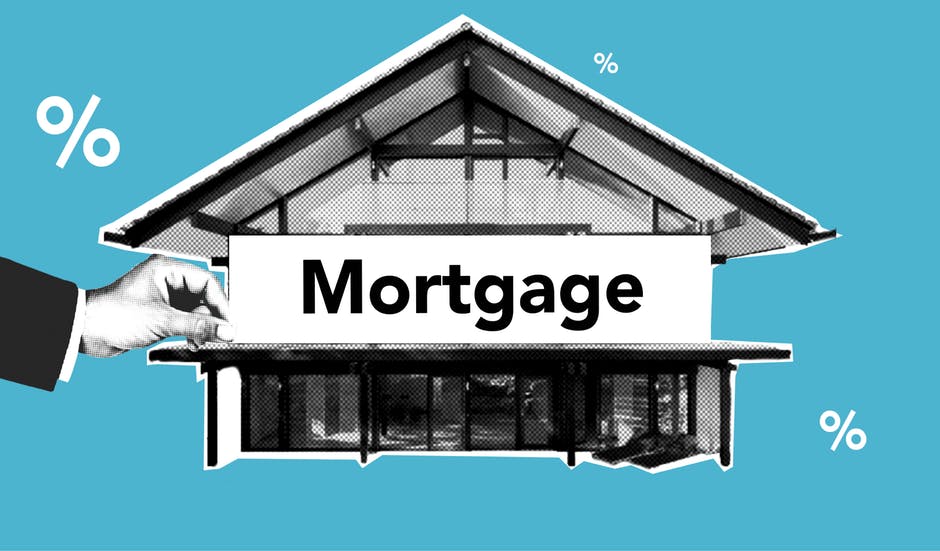Small and medium enterprises (SMEs) are the backbone of the economy, but running and growing a business requires more than just vision and hard work. Strategic financial support can make the difference between thriving and struggling. Commercial banks play a central role in helping SMEs manage cash flow, secure funding, invest in new opportunities, and navigate the challenges of expansion.
While today’s business landscape offers a variety of financing options—from private investors to online lenders—commercial banks remain reliable partners that combine capital, expertise, and tailored services to help businesses grow sustainably.
In this article, we explore how commercial banks empower SMEs, the services they provide, and the long-term benefits of having a financial partner by your side.
Why Commercial Banks Matter to SMEs
Commercial banks have evolved far beyond holding deposits and issuing loans. Today, they act as strategic partners, providing tools, insights, and services designed to help businesses at every stage—from startups seeking initial funding to established companies planning expansion.
Their role spans across financing growth, managing risk and cash flow, supporting business expansion, streamlining financial operations, and offering expert guidance. For SMEs, partnering with a commercial bank can provide stability and confidence in an ever-changing business environment.
1. Providing Access to Capital
Access to funding is one of the biggest challenges for small businesses. Commercial banks offer a wide range of lending solutions that can be tailored to meet diverse needs. Small business loans help cover operating expenses, manage seasonal fluctuations, or address unexpected costs, giving owners the flexibility to focus on growth rather than survival.
Small business lines of credit provide a flexible financial cushion, allowing businesses to access funds when needed without paying interest on unused amounts. This makes it easier to manage cash flow, invest in opportunities, or bridge short-term gaps.
Banks also support equipment financing, enabling businesses to acquire essential machinery, technology, or vehicles without the burden of large upfront payments. For businesses looking to establish or expand physical locations, commercial real estate financing offers long-term mortgages or short-term project loans to make property investments feasible.
With these options, SMEs gain access to the resources they need to operate efficiently, invest in growth, and remain competitive.
2. Supporting Growth and Expansion
As businesses scale, financial needs become more complex. Commercial banks are equipped to support expansion by offering funding for acquisitions or buyouts, enabling businesses to grow into new markets or acquire complementary companies.
Asset-based lending allows businesses to leverage inventory, machinery, or invoices as collateral to secure larger lines of credit or loans, providing additional financial flexibility. Some banks also provide specialized services for venture-backed startups or high-growth SMEs, offering flexible credit and strategic guidance to navigate rapid expansion.
By combining capital with expertise, banks become long-term partners, helping businesses make informed financial decisions at every stage of growth.
3. Navigating International Markets
For SMEs looking to expand globally, commercial banks help manage the risks and complexities of international trade. Foreign exchange services enable businesses to hold funds in multiple currencies, execute international payments efficiently, and protect against currency fluctuations.
Trade finance solutions, such as letters of credit and bank guarantees, reduce the risk of non-payment and ensure smoother transactions with international partners. Additionally, banks often provide market insights and advisory services, giving SMEs the knowledge to make informed decisions when entering foreign markets.
This support helps businesses stabilize cash flow, minimize risk, and build confidence in their international operations.
4. Enhancing Financial Efficiency
Commercial banks increasingly offer digital tools to simplify financial management for SMEs. Remote deposit capture allows businesses to deposit checks electronically, saving time and accelerating cash flow. Online and mobile banking platforms consolidate account management, payments, payroll, and transaction monitoring into one convenient interface.
Cash management services help businesses track incoming and outgoing funds, optimize liquidity, and forecast financial needs more accurately. By reducing administrative burdens, these tools free business owners to focus on strategic growth rather than day-to-day financial operations.
5. Offering Expertise and Financial Guidance
One of the most valuable aspects of partnering with a commercial bank is access to financial professionals who understand your industry and your unique challenges. Commercial bankers can provide guidance on credit requirements, selecting the right financing options, managing debt responsibly, preparing for expansion, and identifying potential financial risks.
This expertise ensures that businesses make informed, strategic decisions that align with their long-term goals.
Final Thoughts
Commercial banks continue to play a vital role in powering SMEs, providing the capital, tools, and guidance necessary to navigate financial challenges and seize new opportunities. From small business loans and lines of credit to international trade support and digital banking solutions, they remain a comprehensive resource for businesses looking to grow confidently.
Having the right banking partner allows SMEs to stabilize cash flow, invest in growth, expand operations, and plan for the future with confidence. In today’s competitive market, the guidance and support of a commercial bank can make all the difference in turning ambitions into sustainable success.









